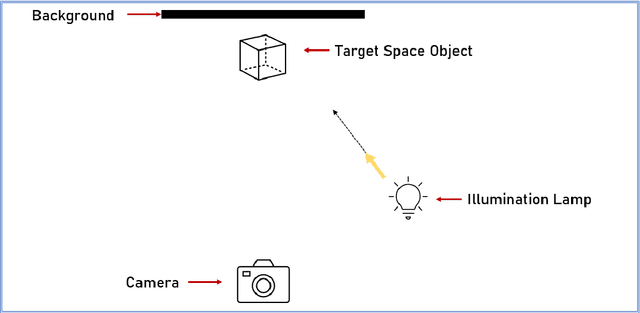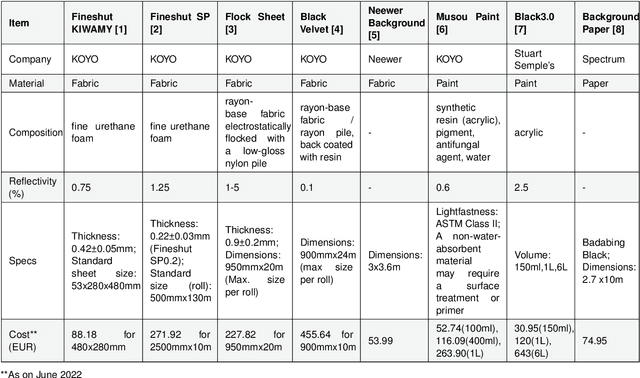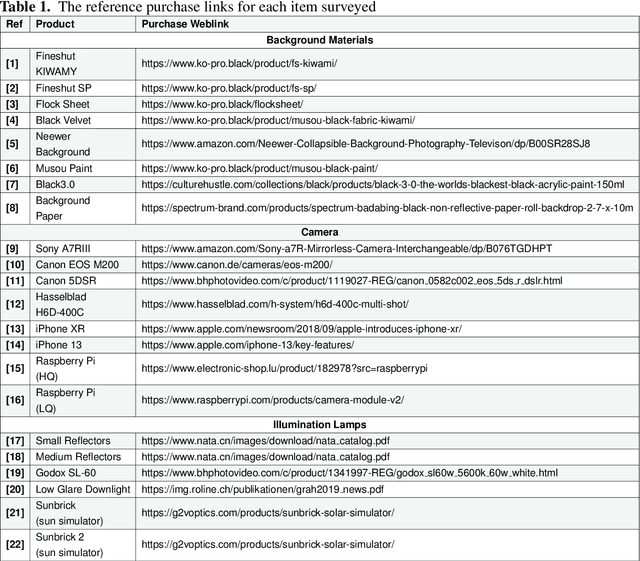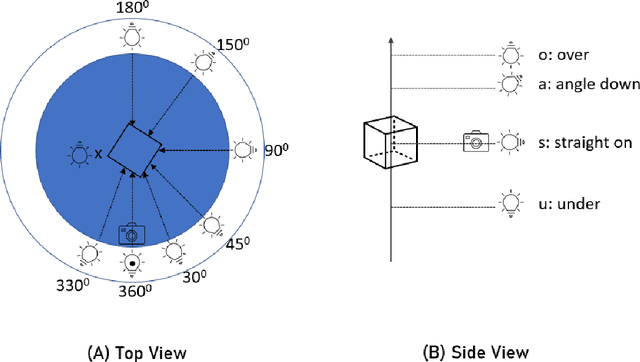Arunkumar Rathinam
Hybrid Attention for Robust RGB-T Pedestrian Detection in Real-World Conditions
Nov 06, 2024



Abstract:Multispectral pedestrian detection has gained significant attention in recent years, particularly in autonomous driving applications. To address the challenges posed by adversarial illumination conditions, the combination of thermal and visible images has demonstrated its advantages. However, existing fusion methods rely on the critical assumption that the RGB-Thermal (RGB-T) image pairs are fully overlapping. These assumptions often do not hold in real-world applications, where only partial overlap between images can occur due to sensors configuration. Moreover, sensor failure can cause loss of information in one modality. In this paper, we propose a novel module called the Hybrid Attention (HA) mechanism as our main contribution to mitigate performance degradation caused by partial overlap and sensor failure, i.e. when at least part of the scene is acquired by only one sensor. We propose an improved RGB-T fusion algorithm, robust against partial overlap and sensor failure encountered during inference in real-world applications. We also leverage a mobile-friendly backbone to cope with resource constraints in embedded systems. We conducted experiments by simulating various partial overlap and sensor failure scenarios to evaluate the performance of our proposed method. The results demonstrate that our approach outperforms state-of-the-art methods, showcasing its superiority in handling real-world challenges.
SPADES: A Realistic Spacecraft Pose Estimation Dataset using Event Sensing
Nov 09, 2023



Abstract:In recent years, there has been a growing demand for improved autonomy for in-orbit operations such as rendezvous, docking, and proximity maneuvers, leading to increased interest in employing Deep Learning-based Spacecraft Pose Estimation techniques. However, due to limited access to real target datasets, algorithms are often trained using synthetic data and applied in the real domain, resulting in a performance drop due to the domain gap. State-of-the-art approaches employ Domain Adaptation techniques to mitigate this issue. In the search for viable solutions, event sensing has been explored in the past and shown to reduce the domain gap between simulations and real-world scenarios. Event sensors have made significant advancements in hardware and software in recent years. Moreover, the characteristics of the event sensor offer several advantages in space applications compared to RGB sensors. To facilitate further training and evaluation of DL-based models, we introduce a novel dataset, SPADES, comprising real event data acquired in a controlled laboratory environment and simulated event data using the same camera intrinsics. Furthermore, we propose an effective data filtering method to improve the quality of training data, thus enhancing model performance. Additionally, we introduce an image-based event representation that outperforms existing representations. A multifaceted baseline evaluation was conducted using different event representations, event filtering strategies, and algorithmic frameworks, and the results are summarized. The dataset will be made available at http://cvi2.uni.lu/spades.
A Survey on Deep Learning-Based Monocular Spacecraft Pose Estimation: Current State, Limitations and Prospects
May 17, 2023



Abstract:Estimating the pose of an uncooperative spacecraft is an important computer vision problem for enabling the deployment of automatic vision-based systems in orbit, with applications ranging from on-orbit servicing to space debris removal. Following the general trend in computer vision, more and more works have been focusing on leveraging Deep Learning (DL) methods to address this problem. However and despite promising research-stage results, major challenges preventing the use of such methods in real-life missions still stand in the way. In particular, the deployment of such computation-intensive algorithms is still under-investigated, while the performance drop when training on synthetic and testing on real images remains to mitigate. The primary goal of this survey is to describe the current DL-based methods for spacecraft pose estimation in a comprehensive manner. The secondary goal is to help define the limitations towards the effective deployment of DL-based spacecraft pose estimation solutions for reliable autonomous vision-based applications. To this end, the survey first summarises the existing algorithms according to two approaches: hybrid modular pipelines and direct end-to-end regression methods. A comparison of algorithms is presented not only in terms of pose accuracy but also with a focus on network architectures and models' sizes keeping potential deployment in mind. Then, current monocular spacecraft pose estimation datasets used to train and test these methods are discussed. The data generation methods: simulators and testbeds, the domain gap and the performance drop between synthetically generated and lab/space collected images and the potential solutions are also discussed. Finally, the paper presents open research questions and future directions in the field, drawing parallels with other computer vision applications.
3D-Aware Object Localization using Gaussian Implicit Occupancy Function
Mar 03, 2023



Abstract:To automatically localize a target object in an image is crucial for many computer vision applications. Recently ellipse representations have been identified as an alternative to axis-aligned bounding boxes for object localization. This paper considers 3D-aware ellipse labels, i.e., which are projections of a 3D ellipsoidal approximation of the object in the images for 2D target localization. Such generic ellipsoidal models allow for handling coarsely known targets, and 3D-aware ellipse detections carry more geometric information about the object than traditional 3D-agnostic bounding box labels. We propose to have a new look at ellipse regression and replace the geometric ellipse parameters with the parameters of an implicit Gaussian distribution encoding object occupancy in the image. The models are trained to regress the values of this bivariate Gaussian distribution over the image pixels using a continuous statistical loss function. We introduce a novel non-trainable differentiable layer, E-DSNT, to extract the distribution parameters. Also, we describe how to readily generate consistent 3D-aware Gaussian occupancy parameters using only coarse dimensions of the target and relative pose labels. We extend three existing spacecraft pose estimation datasets with 3D-aware Gaussian occupancy labels to validate our hypothesis.
Discriminator-free Unsupervised Domain Adaptation for Multi-label Image Classification
Jan 25, 2023



Abstract:In this paper, a discriminator-free adversarial-based Unsupervised Domain Adaptation (UDA) for Multi-Label Image Classification (MLIC) referred to as DDA-MLIC is proposed. Over the last two years, some attempts have been made for introducing adversarial-based UDA methods in the context of MLIC. However, these methods which rely on an additional discriminator subnet present two shortcomings. First, the learning of domain-invariant features may harm their task-specific discriminative power, since the classification and discrimination tasks are decoupled. Moreover, the use of an additional discriminator usually induces an increase of the network size. Herein, we propose to overcome these issues by introducing a novel adversarial critic that is directly deduced from the task-specific classifier. Specifically, a two-component Gaussian Mixture Model (GMM) is fitted on the source and target predictions, allowing the distinction of two clusters. This allows extracting a Gaussian distribution for each component. The resulting Gaussian distributions are then used for formulating an adversarial loss based on a Frechet distance. The proposed method is evaluated on three multi-label image datasets. The obtained results demonstrate that DDA-MLIC outperforms existing state-of-the-art methods while requiring a lower number of parameters.
Lessons from a Space Lab -- An Image Acquisition Perspective
Aug 18, 2022



Abstract:The use of Deep Learning (DL) algorithms has improved the performance of vision-based space applications in recent years. However, generating large amounts of annotated data for training these DL algorithms has proven challenging. While synthetically generated images can be used, the DL models trained on synthetic data are often susceptible to performance degradation, when tested in real-world environments. In this context, the Interdisciplinary Center of Security, Reliability and Trust (SnT) at the University of Luxembourg has developed the 'SnT Zero-G Lab', for training and validating vision-based space algorithms in conditions emulating real-world space environments. An important aspect of the SnT Zero-G Lab development was the equipment selection. From the lessons learned during the lab development, this article presents a systematic approach combining market survey and experimental analyses for equipment selection. In particular, the article focus on the image acquisition equipment in a space lab: background materials, cameras and illumination lamps. The results from the experiment analyses show that the market survey complimented by experimental analyses is required for effective equipment selection in a space lab development project.
 Add to Chrome
Add to Chrome Add to Firefox
Add to Firefox Add to Edge
Add to Edge